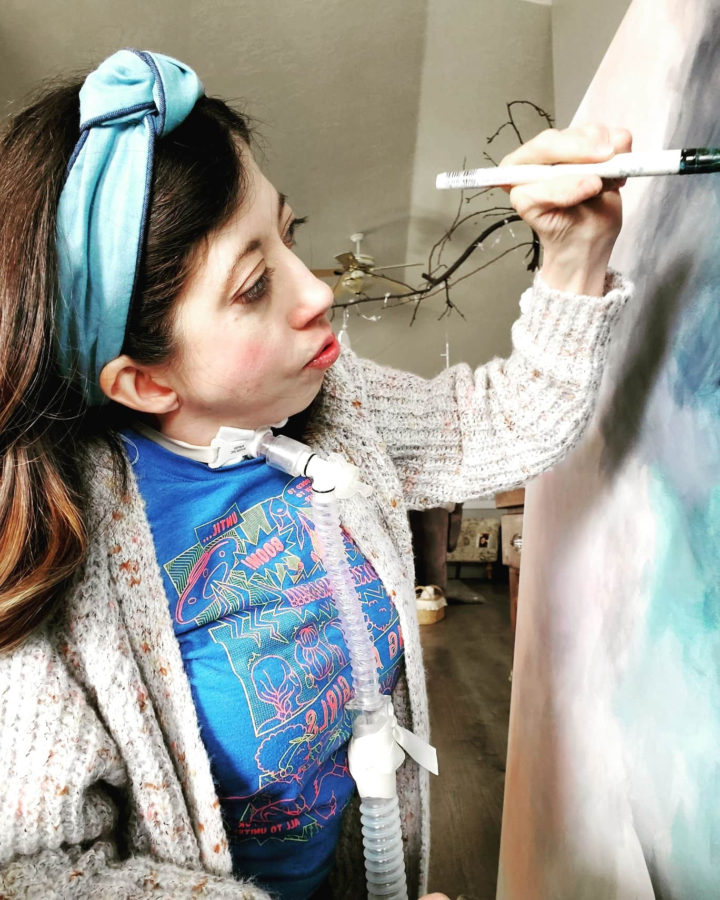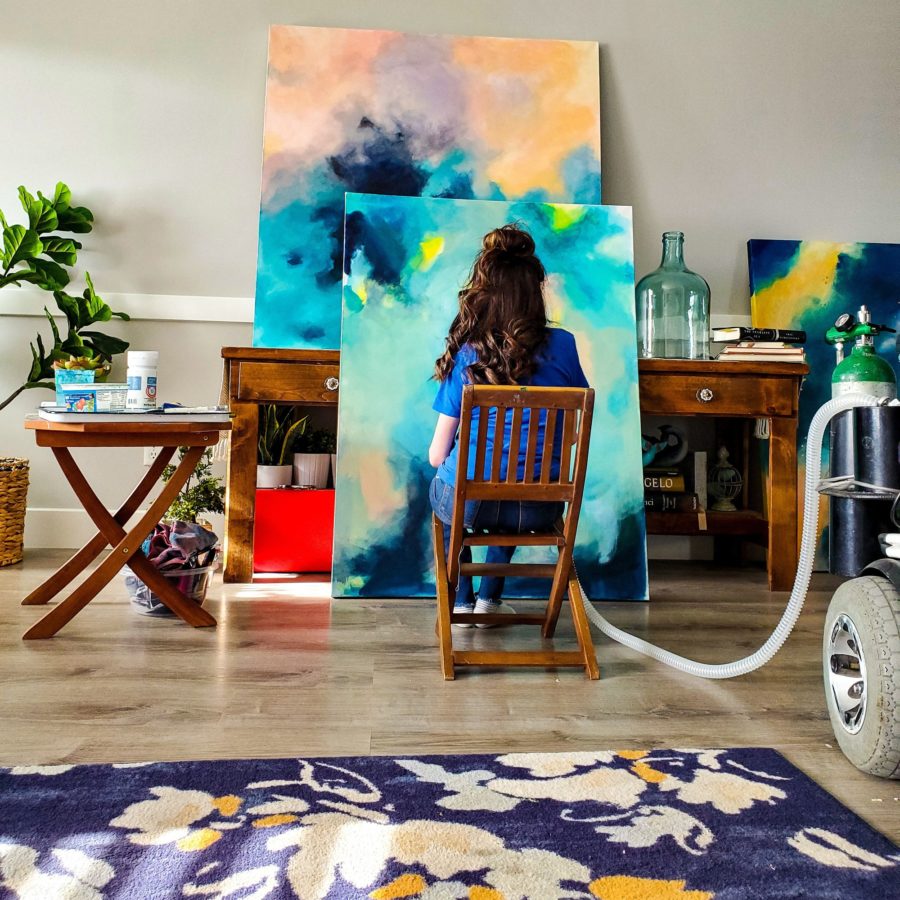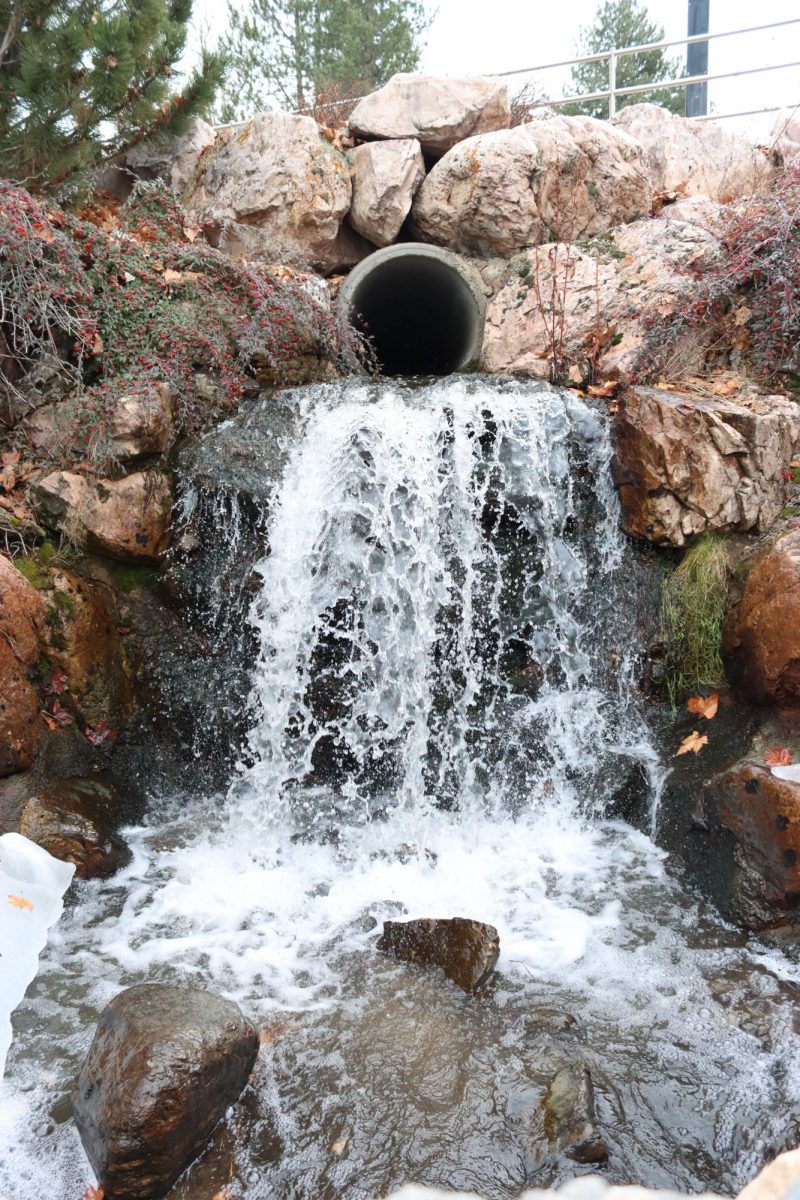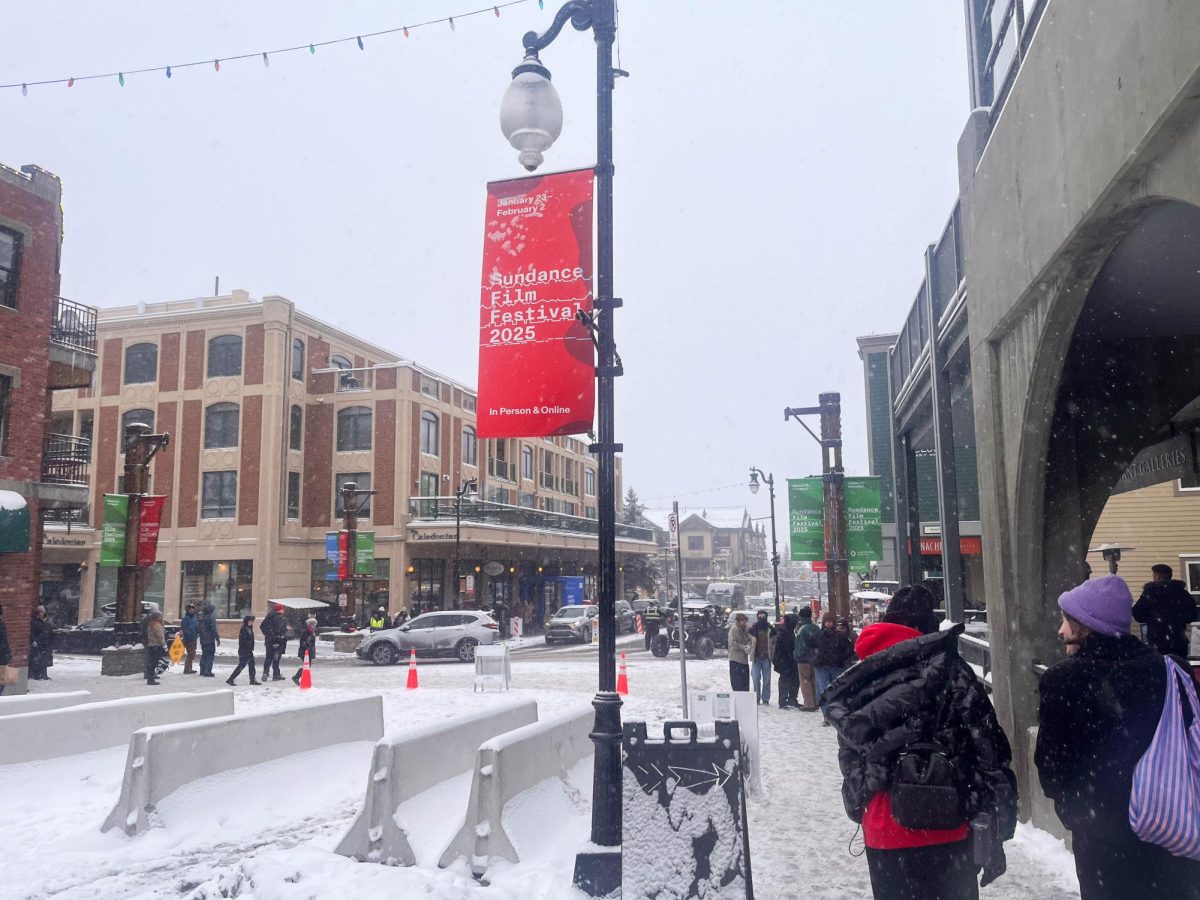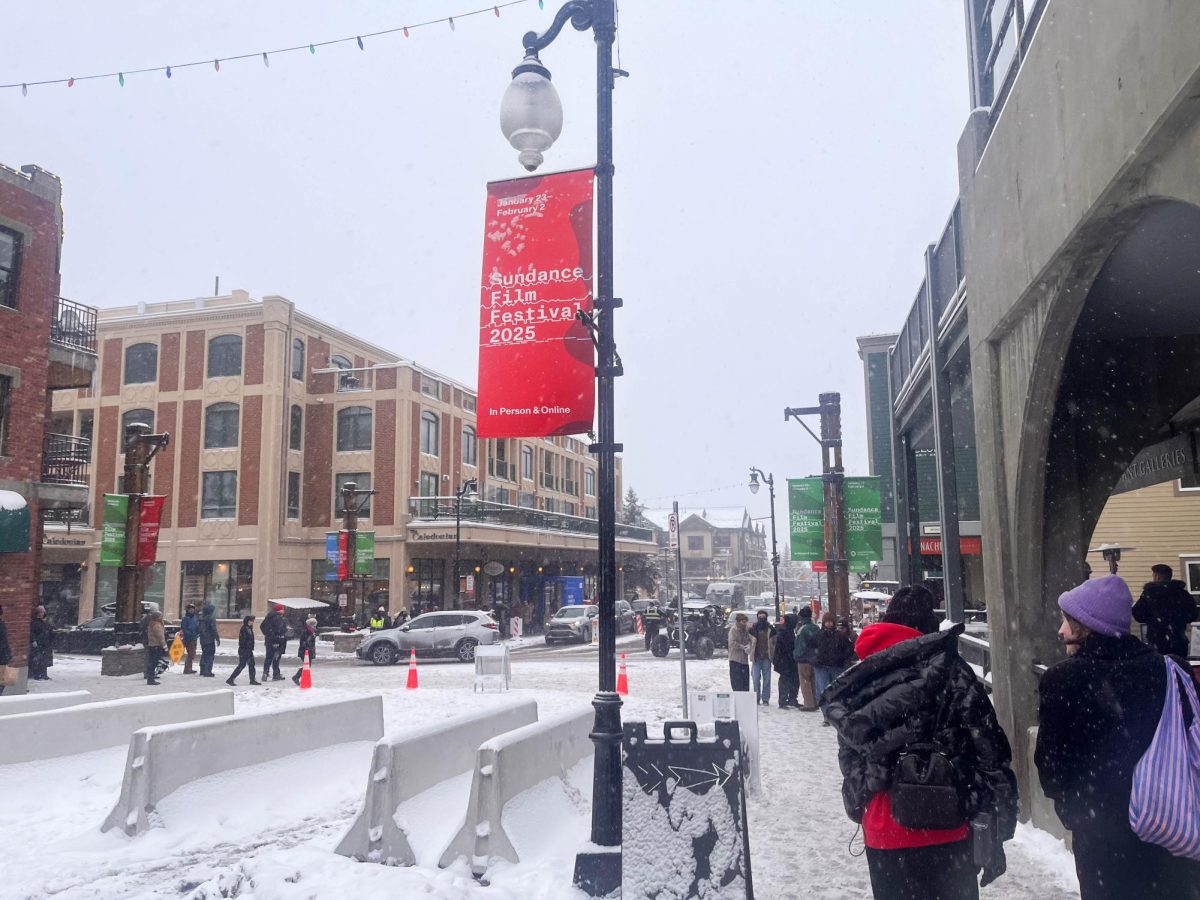
Intricate designs on woven fabric are currently displayed in the Mary Elizabeth Dee Shaw Gallery. One piece of fabric stretches the entire gallery, nearly 30 feet long.
Aisha Himro-Pinto, a senior art student, said she was impressed by the work of textile artist Ismini Samanidou, a Greek artist making the rounds at Weber State University.
“She really has an ability to draw someone in with the textures and colors she uses. I found it pretty awesome that she actually allows people to touch her work. . . . The way she works with textiles, it broadens what art is and how it can be made. Oftentimes, we get stuck in the traditional mediums, and it’s refreshing to see alternative materials being used.”
Samanidou was born and raised in Greece, but has spent the past 17 years in England. She received her Master of Fine Arts in constructed textiles from the Royal College of Art. Her work has been shown throughout England, most recently in the Saatchi Gallery during “Collect,” as well as internationally. This exhibition consists of works she has made over the past 10 years, using both hand and digital textile processes as well as photography.
Katherine Lee, the Shaw Gallery director, said she was pleased to have Samanidou as part of the gallery.
“I have an interest in the intersections between contemporary art, craft and design, as well as concepts around the handmade and art made digitally,” Lee said. “Ismini Samanidou’s work interests me in particular because of her ability to effortlessly mine these constructs, while maintaining an emphasis on materiality and an open dialogue about the making process.”
Lee said she has a fondness for Samanidou’s work.
“Ismini Samanidou works in woven textiles (by) linking the ideas of cultural history, the poetics of place and the concept of surface through small-scale works, as well as extensive woven installations,” she said. “She frequently utilizes the medium of photography as a vehicle for exploring surface, with the resulting works conveying as much about the exterior as the interior of both nature and humanity.”
Samanidou’s works show detailed surfaces, working math equations, maps and even photographs in the fabric, a process that is as meticulous as it is time-consuming.
“Some of Samanidou’s woven textiles reflect the surfaces captured in her photographs, while others reflect abstract designs inspired by the digital or manual manipulation of her photographs,” Lee said. “In both cases, however, she captures a detail of a moment, whether it is the surface of a city’s wall or a day’s passing clouds.”
The Shaw Gallery is staffed by many art enthusiasts and students, like Shawn Pratt, a double major in photography and psychology. As part of the gallery crew, he worked one-on-one with Samanidou to display her work.
“This exhibit gave me a greater appreciation for textile art — something I hadn’t really considered before,” Pratt said. “Working in the gallery in general has made me understand all the work that goes into an exhibition, and how difficult it can be to adapt artwork to hang in the gallery, trying to satisfy the artists’ demands for how to show their work.”
Pratt, like Lee and Himro-Pinto, said he was amazed by the works on display. Pratt said he took inspiration from Samanidou in his own work and process.
“I find being able to weave the way she does really impressive . . . It’s really complicated and time-consuming. Her process is also really interesting — she emulates textures from places she’s been, using weaving. There were times you couldn’t tell the weaving from the photograph of the texture she was mimicking.”
The exhibition will be on view through April 12 in the Kimball Arts Building, and is open to the public.








